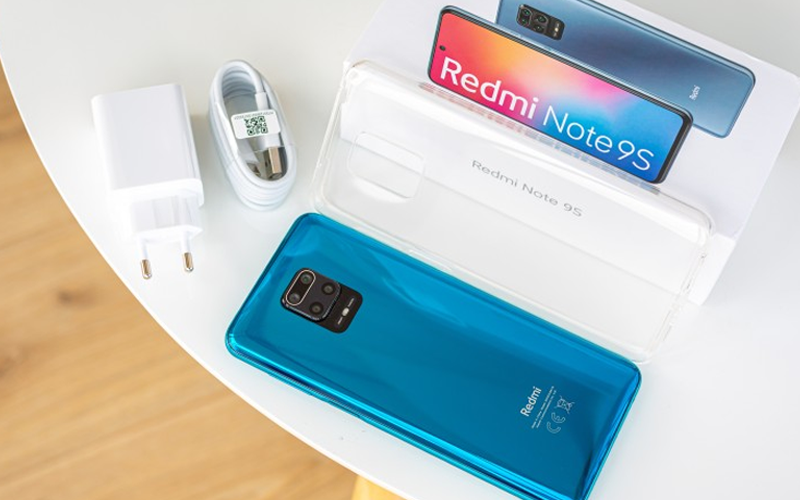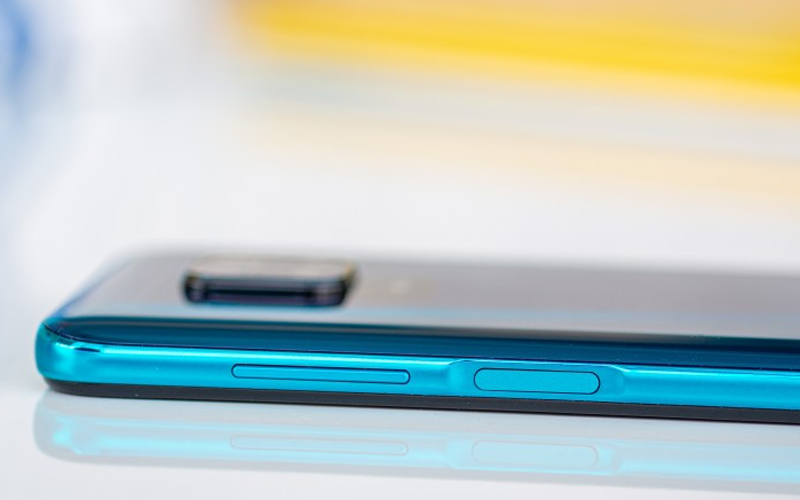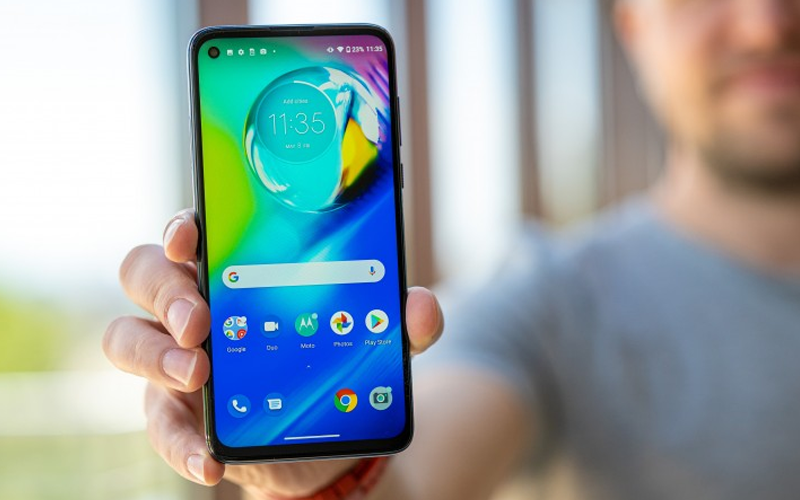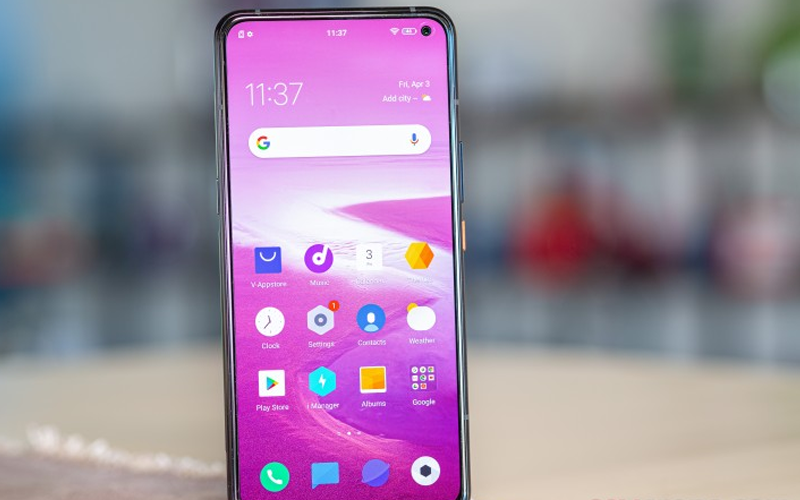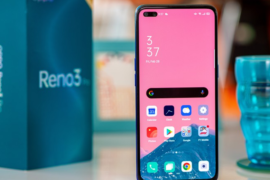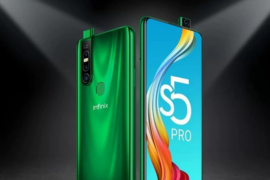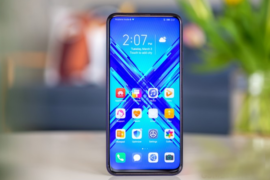SPECIFICATIONS
- Display6.67 inches
- Rear Camera64 MP/8 MP/5 MP/2 MP
- Front Camera16 MP
- ProcessorQualcomm Snapdragon 720G
- Resolution1080 x 2400
- RAM6 GB
- Operating SystemAndroid 10
- Storage64GB/128GB
- Battery5020 mAh
- WaterproofYes
- Dual SimYes
- Quick ChargingYes
DESIGN
This commentator has been nostalgic for the old dumbphones of different shapes, however today everything is about the screen, and it generally comes enclosed by glass. As is the Redmi Note 9S – a Gorilla Glass telephone – worked around a huge screen – and including all the popular bends and garish paintjobs.
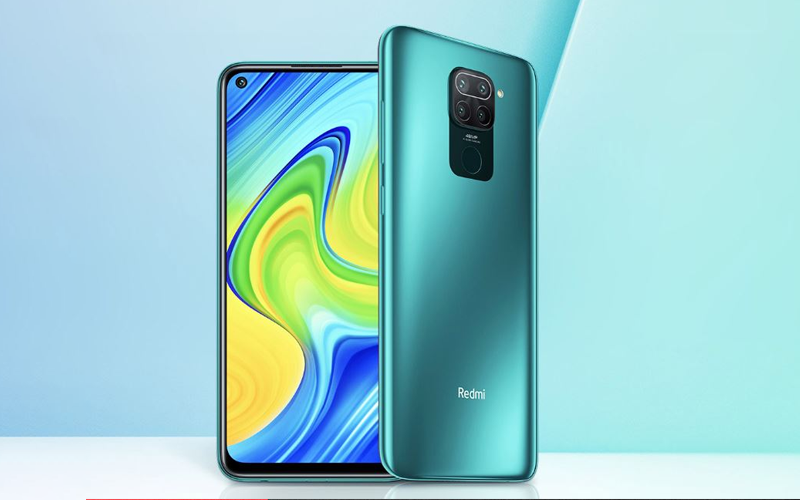
There were times when we had the option to perceive a Redmi telephone at a moment – by taking a gander at its Android contact keys underneath the screen. Be that as it may, there is no space for such remainders of the past any longer – the Redmi Note 9S packs one major 6.67″ IPS LCD screen of 1080p goals encompassed by rather dainty bezels.
The new showcase has a punch gap for the 16MP selfies snapper. With this new kind of indents, the producers are yielding the absolute minimum of pixels, and we are content with this advancement since the Note 8T. It isn’t perfect, yet it is an improvement.
The earpiece grille is practically undetectable over the screen, yet contains more than you might suspect – there is likewise one too small white notificaiton LED inside.
Not having an OLED screen makes it almost unimaginable for the organizations to put the unique mark scanner under the screen, and that is the reason it is on the correct side of the Redmi Note 9S – that is another ongoing pattern. The outside of the force key is contact delicate, and the catch likewise serves as a unique finger impression peruser. It is quick and exact, and we have no bad things to say.
Proceeding onward to the rear of the Note 9S, we are amazed by the Aurora Blue shading on the bended Gorilla Glass 5. Despite the fact that we’ve seen several Aurora Blues on different telephones as of now, this sort of paintjob still makes us fairly marvelous, and we took a break and just took a gander at the back for some time.
The quad-camera is on the back, and it lives inside a little yet bumping sharp square. Here are the 48MP essential, the 8MP ultrawide, the 5MP large scale, and the 2MP profundity snappers. The dark highlight paint goes past the camera square downwards towards the LED streak.
On account of the focused camera bump, the telephone wobbles on a work area, yet not the same number of different telephones available. The Redmi Note 9S wobbles just when you are tapping, utilizing some power at that, around the top piece of its screen – something that happens quire uncommon.
The blue edge is made of plastic and has matte completion except if we tally the immaterial cleaned chamfers. It makes for enough hold, and we felt the Note 9S safe more often than not. Certainly, its back is as tricky as it can get, however the casing does an especially great job adjusting that.
The Redmi Note 9S has a great deal of almost wiped out highlights around its sides – an IR blaster on the main, a microSD space on the left, a sound jack at the base.
The Redmi Note 9S is a huge telephone, and working it with one hand isn’t a breeze understanding. However, that is the reason it is known as a Note in any case – it should have a big screen, and expected to pack a colossal battery, and in the event that the size annoys you – you are taking a gander at an inappropriate telephone.
The Note 9S is sprinkle verification because of P2i nano-covering innovation, so it will endure the downpour and some light sprinkles. It isn’t waterproof however, so be cautious.
We preferred the Redmi Note 9S delightful structure and smooth shape, and we have positive considerations in the wake of utilizing it for some time. It is a well-form telephone, eye-snappy, with enough grasp, and fundamental water assurance. That is bounty enough.
DISPLAY
The Redmi Note 9S highlights an enormous 6.67″ IPS LCD show with a punch gap indent at the top to prepare for the selfie camera. The goal is broadened 1080p – 2,400 x 1,080 pixels – making for a 395ppi thickness.
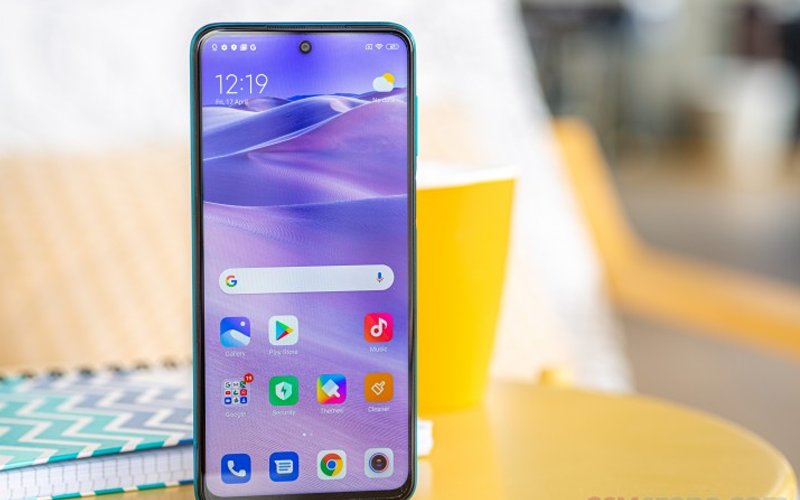
The backdrop illumination around the round score is lopsided and it is effectively noticeable on white foundation. Thus, be set up to see this blemish a great deal. Such lopsided backdrop illumination is an entirely glaring inconvenience of the LCD boards when contrasted with OLEDs.
The Redmi Note 9S presentation is ensured with a Gorilla Glass 5, however this Redmi likewise dispatches with a screen defender that has been applied in the manufacturing plant.
The Redmi Note 9S showcase bolsters HDR10, and it can show 1080p HDR content from Netflix and the preferences because of the Widevine L1 DRM support.
Xiaomi guarantees 1500:1 difference proportion for the Note 9S screen, and our estimations show it is in the ballpark of the guaranteed esteem. The most extreme brilliance is around 420 nits, while the dark levels are profound enough at 0.3. The screen can be more brilliant however on the off chance that you leave it on Automatic Brightness – it can illuminate as high as 575 nits in splendid encompassing light.
The base brilliance we caught on the white shading is 1.1nit – an ideal one for perusing meetings in obscurity!
Xiaomi offers three distinctive Contrast settings for the Redmi Note 9S showcase. With the Automatic complexity set to on, the screen yield is by all accounts tuned for exactness in the sRGB shading space, and we estimated a normal deltaE of 5.9. Just in this mode, you can pick the shading immersion (default, warm, cool) and the Delta E of 6.3 was estimated with the Default preset. Picking warm will lessen the observable blue tint however won’t improve the general exactness by much.
The Standard Contrast setting includes heavenly precision inside the sRGB shading space, and we recorded a normal deltaE of 2.1 for shading exactness.
At long last, the Increased Contrast makes the hues fly to the detriment of propagation precision.
PERFORMANCE
The Redmi Note 9S utilizes the Snapdragon 720G chipset, and it is the second telephone we meet with this equipment, the first was the Realme 6 Pro. We surmise the competition is as yet going solid with these two brands.
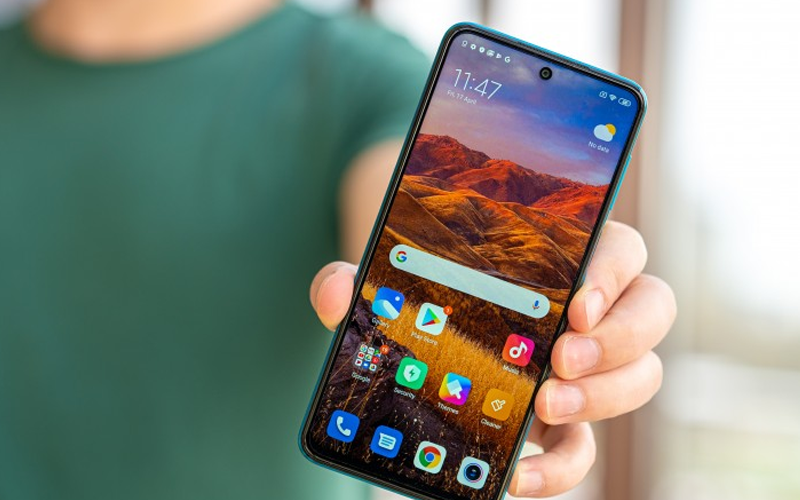
The SoC utilizes an octa-center CPU in a 2+6 setup – 2×2.3GHz Kryo 465 Gold (Cortex-A76 subordinate) centers and 6×1.8GHz Kryo 465 Silver (Cortex-A55 subsidiary) centers. The GPU in this chip is Adreno 618 – a similar one found in the Snapdragon 730.
The Redmi Note 9S is accessible in two RAM and capacity setups – 4GB/64GB and 6GB/128GB renditions.
At long last, the 720G is based on a 8nm assembling process – at present one of the most productive procedures accessible.
We ran a few benchmarks, and the CPU is forming as a brilliant entertainer. The Kirin 810 processor is more remarkable, yet it’s accessible just in exceptionally constrained Google-less telephones until further notice.
As far as GPU execution, the Redmi Note 9S returns solid numbers for the class, near its Realme 6 opponents.
Tossing all the parts in with the general mish-mash in Antutu, the Redmi Note 9S is to some degree behind the Realme 6, however near the Snapdragon 720G-controlled Realme 6 Pro. By and by, Huawei’s Kirin 810 demonstrates unrivaled as well.
It’s undeniable the Redmi Note 9S is appropriately prepared for the class and is reliably scoring extraordinary on the tests, regardless of their motivation. The heaviest of errands – gaming – isn’t just conceivable on the Note 9S, however a windy encounter.
BATTERY
The Xiaomi Redmi Note 9S is fueled by an enormous 5,020mAh Li-particle battery. It bolsters 18W snappy charge, however the 9S boats with a 22.5W block – which means you will be overequipped. Xiaomi says it is one of their all inclusive chargers for cell phones, savvy home frill, tablets and even little workstations.

The packaged charger tops off about 37% of the totally drained battery in 30 mins, 60% in 50 mins, while a full charge takes around 1 hour and 45 minutes.
The Redmi Note 9S scored an extraordinary continuance rating of 127 hours in our battery life test. The telephone shows amazing occasions no matter how you look at it – talk time, video playback and web perusing, even reserve.
CAMERA
The Redmi Note 9S has one square knock at the back that houses each of the four cameras. The course of action is recognizable, truth be told, it is equivalent to on the Redmi Note 8T – first is the ultrawide snapper, at that point the essential one, the profundity camera is straightaway, and last is the large scale shooter.
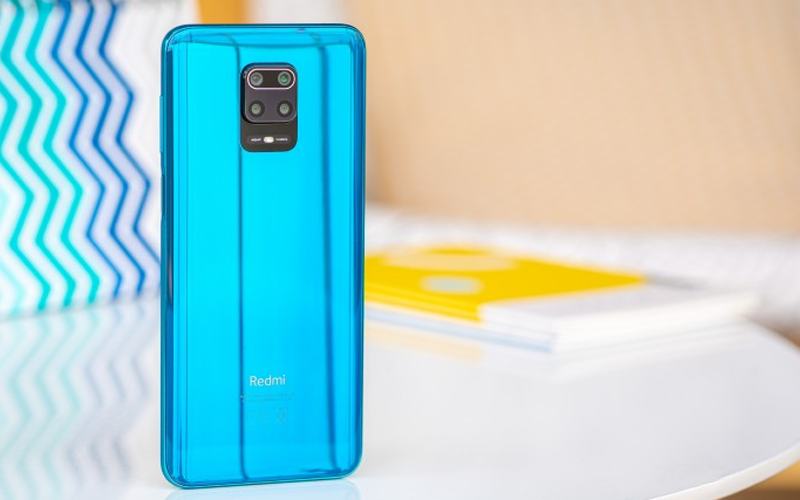
The fundamental camera utilizes a 48 MP sensor with a Quad-Bayer channel, likely the ISOCELL Bright GM2 sensor by Samsung. It’s a huge sensor with 0.8µm pixels, and the focal point has f/1.79 opening. The picture yield is 12MP.
The 119-degree ultrawide-point camera has a 8MP sensor with a f/2.2 opening. There is programmed twisting rectification applied when essential, yet you can quit it.
At that point there’s the 5MP full scale camera with 1.12µm pixels and focal point with f/2.4 opening. Self-adjust is accessible, which is an irregularity among those sort of snappers and much valued. The keep going camera on the back is the 2MP profundity sensor.
Exchanging between modes resembles in each other camera application – swiping left and right will take you through all modes while tapping in the upper right corner of the screen where the “burger menu” lives will grow the choices. The Macro mode was covered up inside this menu, which is somewhat odd.
The 48MP camera spares of course 12MP pictures, and the ones we shot with the Redmi Note 9S are useful for the class. The settled detail is sufficient however nothing amazing and that is most likely the simplest tell about the spending quality. The foliage is a smudgy wreckage, the window blinds were unreasonably perplexing for the calculation as was any unpredictable detail.
In any case, the photographs do offer enough detail, and it shows signs of improvement from that point – the commotion levels are kept low, the difference is extraordinary, and the hues remained generally consistent with life. The dynamic range is really wide and the Auto HDR didn’t fire even once.
The MIUI 11 camera application has this AI Camera trigger on the viewfinder. This alternative consistently utilizes HDR and oversaturates the hues for sure. You will see shadows pop unnaturally, and hues go to limits. Be that as it may, in the event that you like what you are seeing, at that point it’s there for you to utilize it.
There is an independent 48MP mode, yet what you would doesn’t resemble a genuine 48MP picture. The photographs appear to be upscaled from the 12MP pictures and afterward intensely honed. There are no advantages at all when shooting in 48MP, and we don’t suggest it.
The 8MP cam snaps generally excellent ultrawide photographs for this spending class with great detail levels, incredible difference and rather high unique range. The bending remedy makes a pleasant showing around the corners and by and large – we are content with this camera.
The 5MP full scale camera shoots incredible closeups. They are point by point, with little commotion and very enthusiastic. The self-adjust helps a ton in such events instead of the fixed concentration at 4cm a large portion of the contenders are advertising. The hues are somewhat dull, however other than that – a surprising activity.
The nature of the representations taken with the back camera of the Redmi Note 9S relies upon the accessible light as the settled detail would radically drop when the light isn’t acceptable. Along these lines, when the correct conditions are met – you will be remunerated with some pleasant representation shots – itemized, with sufficient subject partition and persuading artificial haze.
The Night Mode is something you should utilize. You lose some detail, however the increases are immense – adjusted introduction and reestablished features, some detail in the shows pop, as well. We suggest this Night Mode – it takes under 2 seconds, however the outcomes are astounding for this class.
The 16MP selfies aren’t unreasonably sharp and we think the imager of having a Quad-Bayer channel. In any case, the photographs are acceptable, HDR works extraordinary when required, and we watched great hues and difference. We’d be content with the local 8MP shots however, simply saying.
The Xiaomi Redmi Note 9S catches recordings up to 4K @ 30fps, however 1080@60fps and 1080@30fps are accessible too.
It appears from the outset that you can catch in these goals with all cameras, yet you can’t. The ultrawide-point and large scale snappers record just 1080p clasps at 30fps.
We should discuss the fundamental camera. The video bitrate is 40-42Mbps in 4K and about 20Mbps in 1080p at both 30fps and 60fps. Sound is recorded in surround sound with a 96Kbps bitrate.
Notwithstanding the high bitrate, the 4K recordings have normal level, yet the nature of the video gets a raise with extraordinary hues, differentiate, and even powerful range. The commotion is nearly non-existent, and perhaps an excessively forceful clamor decrease is to be faulted for the misfortune in detail.
When you are finished with the genuine situations, investigate our video contrast instrument with perceive how it goes up against different telephones.
SOFTWARE
Xiaomi Redmi Note 9S boots the most recent variant of MIUI 11 out of the case and it runs on the most recent Android 10 OS.
You can open the screen by means of the side-mounted unique mark scanner. The peruser is anything but difficult to set up and works quick. The exactness is eminent, as well, and, by and large, it is magnificent for your day by day opening.

The Redmi Note 9S backings Dark mode – it will switch all framework hues from white to dark, and along these lines, you can spare some battery squeeze on that LCD screen. With MIUI 11 it has been improved, and now more applications bolster Dark mode, and the symbols and their hues have been updated to suit it better.
MIUI 11 backings nature alert and warnings, which sound diverse relying upon the time. Nature sounds have been custom fitted for cautions and notices and are far less distressing as the day progressed.
There is no application cabinet in MIUI, so all your applications are simply staying there on your homescreen, however you can even now add them to envelopes. A few forms of MIUI do incorporate a choice to include such cabinet, yet our worldwide ROM didn’t have one.
Here are the default home screens on Redmi Note 9S. There’s a climate gadget in the upper right corner opposite a huge clock gadget. There is a Google sheet, the furthest left one.
MIUI 11 has refined looks with less mess, and you effectively recognize the Xiaomi endeavors towards moderate plan in the new Settings application.
The undertaking switcher has not changed. It shows the entirety of your ongoing applications in two segments. Tap and hang on a card for the split-screen alternate way, or simply swipe it left or option to close it.
MIUI likewise offers a Security application. It can filter your telephone for malware, deal with your boycott, oversee or limit your information utilization, arrange battery conduct, and let loose some RAM. It can likewise deal with the authorizations of your introduced applications and permits you to characterize the battery conduct of chose applications and applies limitations just to the applications you pick.
MIUI additionally offers restrictive Gallery, Music, and Video player. In certain districts, the music and video applications incorporate paid gushing choices. FM radio application is accessible, as well.
MIUI 11 has another record seeing application, which bolsters every famous arrangement and makes simpler review docs on your telephone. There is likewise another Notes application that presently bolsters Tasks.
In certain business sectors, the pre-introduced applications by Xiaomi will show advertisements, which is the manner by which Xiaomi is making up at the generally lowеи costs of its gadgets. We’re evaluating the worldwide adaptation of the Redmi Note 9S, and the main spots we saw promotions were the File Manager and the Security applications. Those, while pre-introduced MIUI applications, are not fundamental however and there are approaches to dispose of them.
Should I Buy It?
The Redmi Note 9S (or Redmi Note 9 Pro, on the off chance that you like, in light of the fact that the two are indistinguishable) is an amazing cell phone and there is no uncertainty about that toward the finish of our audit. It offers incredible execution, a huge screen, and a decent assortment of cameras and shooting modes. What’s more, normal for the Redmi Notes, this one likewise exceeds expectations in battery life.
The Note 9S costs only €229 in Europe, while its 128GB model is sold for €269. Also, these will without a doubt do what needs to be done for some, particularly on the off chance that you are a devotee of MIUI. Be that as it may, before you hit the Buy button, how about we see what else is available today.
